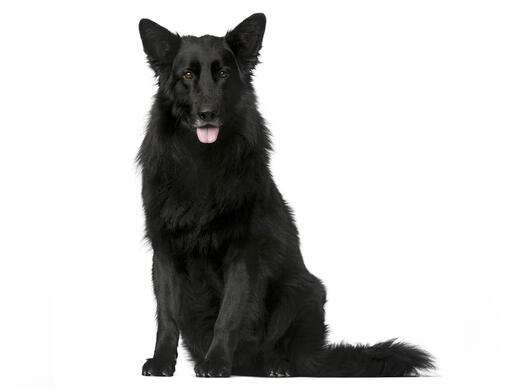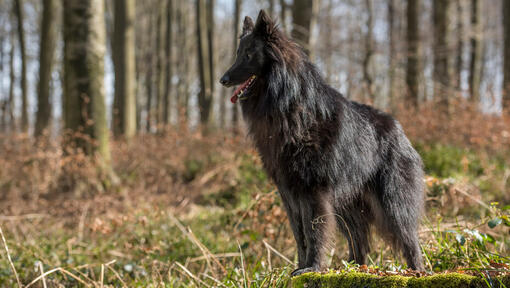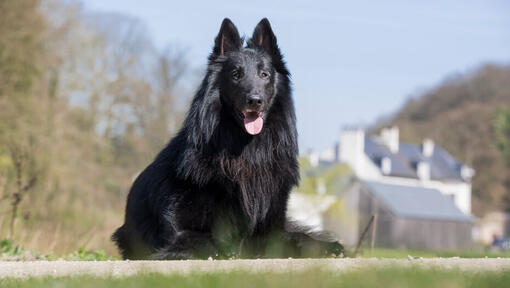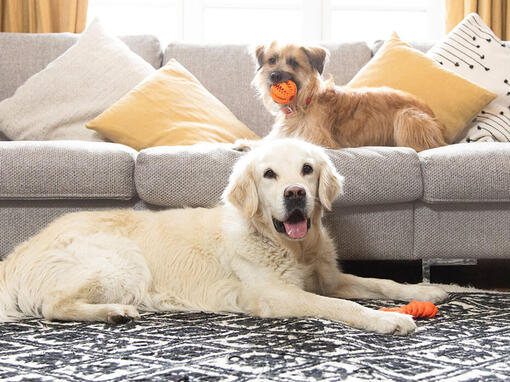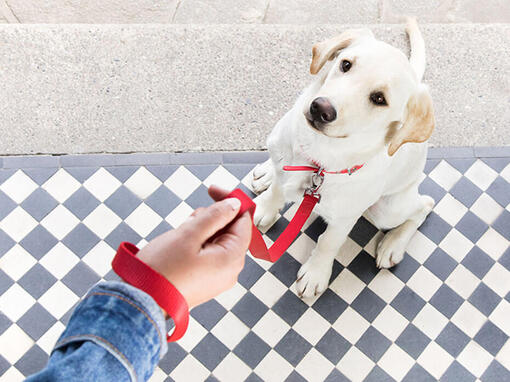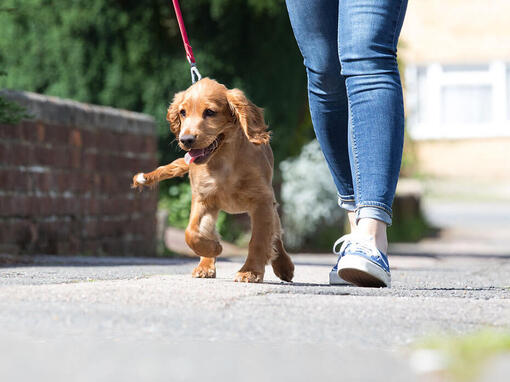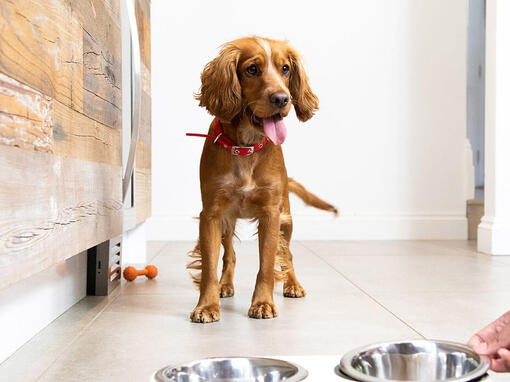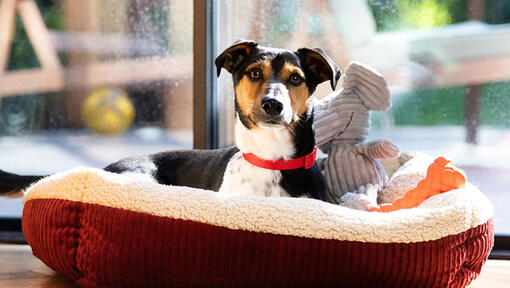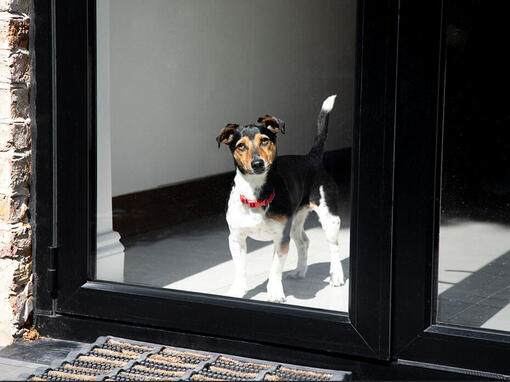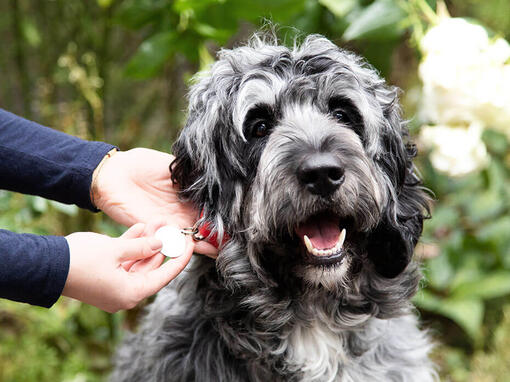History and Origins
Country of Origin: Belgium
There are four varieties of Belgian Shepherd and these were originally just variations in coat type, as they were primarily bred for their ability to herd and guard so they were considered one breed. Now the four types, the Laekenois, Groenendael, Tervuren and Malinois are classified separately as breeds in their own right - although this took some time, with the Belgian Kennel Club only recognising three types initially (the Groenendael, Tervuren and Malinois) in 1897.
